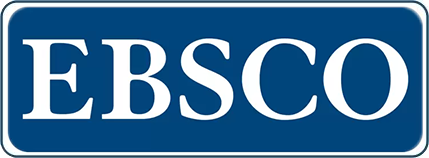Crown Lengthening for Aesthetic Purposes from the Islamic Perspective: a Case Discussion
DOI:
https://doi.org/10.33102/jfatwa.vol13no1.151Keywords:
dental fiqh, aesthetic dentistry, crown lengthening, shariahAbstract
The aim of dental treatment is to restore function and improve oral health condition. It is an advantage if the treatment conducted can also improve aesthetic. However, current trend of patient’s demand for aesthetic treatment is challenging. This alarming scenario sometimes does not comply with Shariah and Islamic jurisprudence. Crown lengthening is a procedure to facilitate restoration in certain clinical conditions simultaneously improves the aesthetic in anterior region. It involves manipulation of gingiva which requires removal of soft tissue and/or hard tissue. This paper was aimed to discuss the management of missing teeth with crown lengthening surgery from Islamic perspective. In the selected case, a lady requested to replace her denture with a fixed prosthesis that requires surgery. Initially, the surgical procedure was only planned on the right anterior region. However, during the preliminary stage of determining the treatment outcome; crown lengthening on both sides is advice to harmonize the gingival line. The final decision was to carry out surgical procedure on the site of complaint and crown lengthening surgery on both sides. As expected, the outcome of the treatment significantly improved the aesthetic of the patient. This study employs mainly the comparative case study approach where the detail description of the selected case is mapped to the Shariah principles and guidelines related to aesthetic treatment. The selected Shariah principles and guidelines are based on the commonly accepted school of law. In conclusion, this study found that the treatment proposed by the specialist that is based on function first, followed by correction of aesthetics is in line with the guidelines and principles of Shariah as well as legal maxim that falls under acts are judged by their goals and purpose (al-’Umur-bimaqasidiha). Therefore, basic knowledge on Islamic principle is favourable for dentist and patient in deciding the final treatment plan.
Downloads
Downloads
Published
Issue
Section
License
The copyright of this article will be vested to author(s) and granted the journal right of first publication with the work simultaneously licensed under the Creative Commons Attribution 4.0 International (CC BY 4.0) license, unless otherwise stated.















